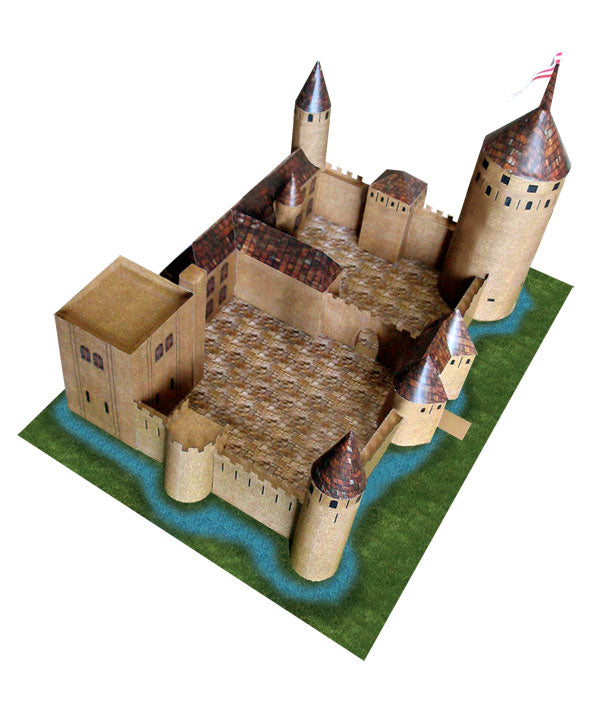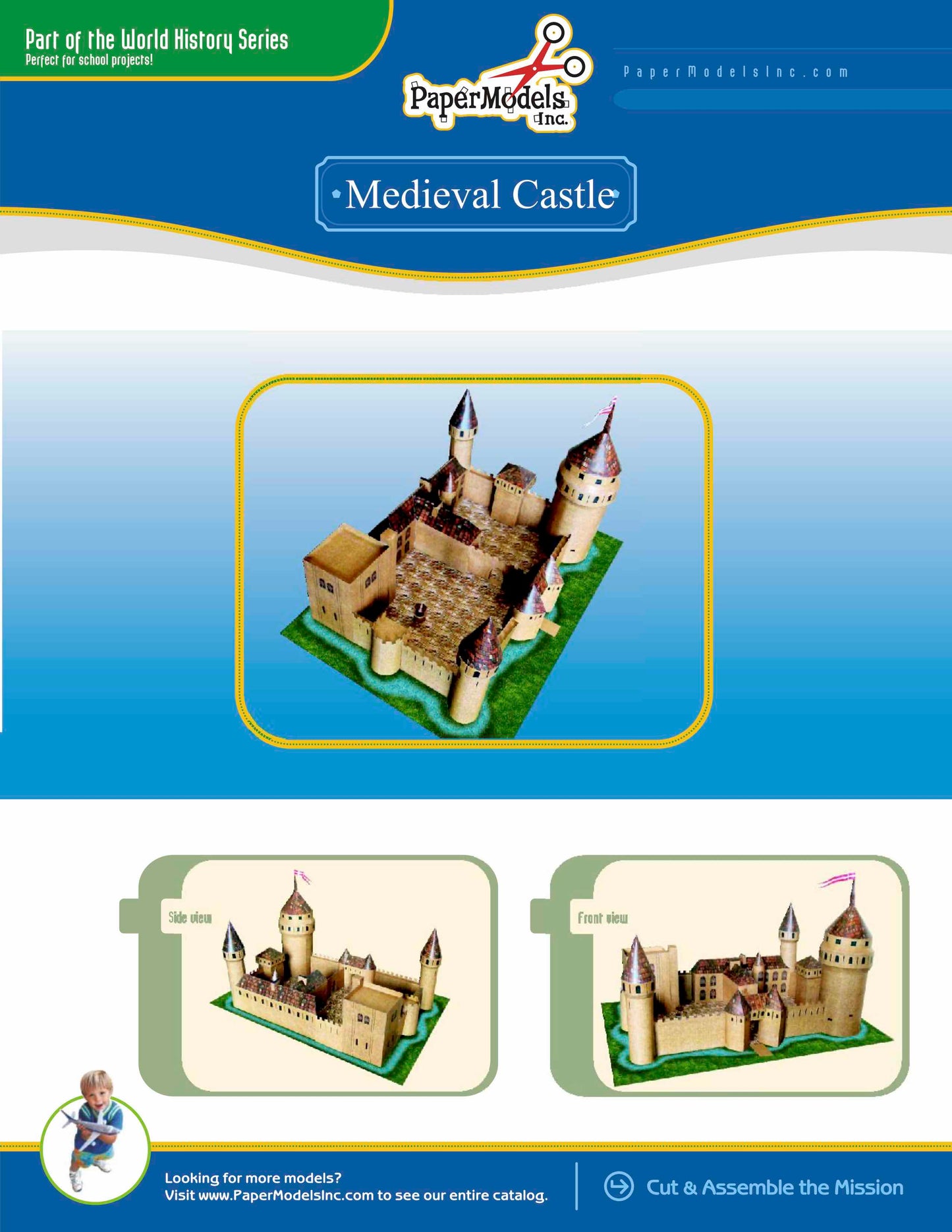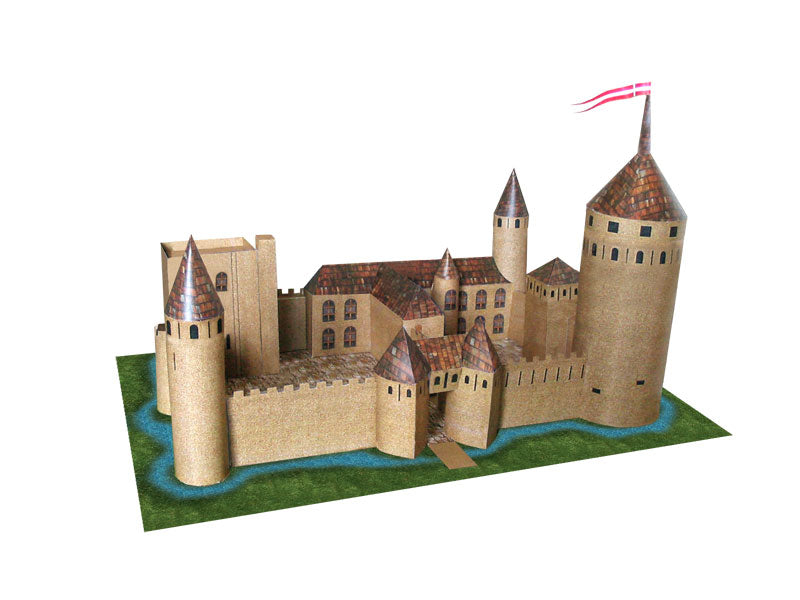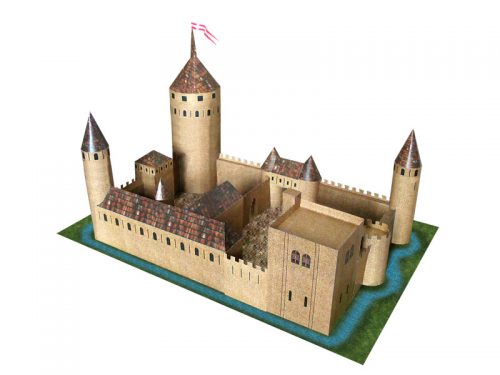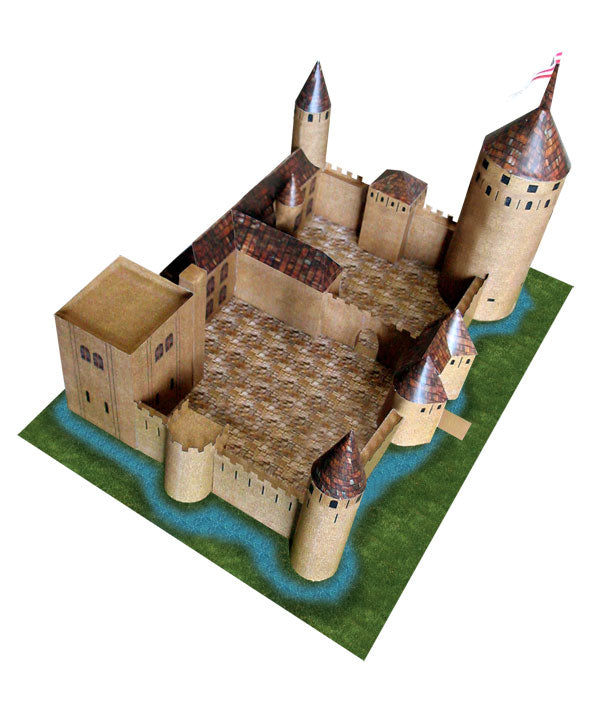Medieval Castle - Paper Model Project Kit
Medieval Castle - Paper Model Project Kit
No se pudo cargar la disponibilidad de retiro
🌟 Welcome to Paper Models Online – Your Shortcut to Academic Excellence! 🌟
Are you tired of stressing over last-minute school projects? Look no further! Paper Models Online is here to make your academic life a breeze.
🚀 Why Choose Us?
At Paper Models Online, we understand the pressure of looming deadlines and the desire for that coveted "A" grade. That's why we've crafted the perfect solution for you! Whether you're a student aiming for extra credit, a parent looking for quality time with your kids, or just someone in need of a break from the chaos, our paper models are your ticket to success!
💻 Instant PDF Download OR Pre-Printed & Shipped
You're in control! Choose from our instant PDF download, starting at just $9.95 for the 7"x10" size or $11.95 for the 10"x13" size.
Print it on your home or office printer using regular paper, or opt for the hassle-free pre-printed option. We'll ship it directly to your doorstep for a flat $5 fee via USPS First-Class Parcel, ensuring you get it in 1-3 days!
✂️ Easy Assembly, Maximum Impact
With just a pair of scissors, some glue, and an hour of your time, you can turn these paper sheets into stunning three-dimensional architectural replicas or complete science projects. The images on our website are real models made from our kits, and we even provide a history to help you craft an impressive report.
🎨 Unleash Your Creativity
Not into mission kits? No worries! Our models double as templates for your creative genius. Paint, trace, adjust sizes—your imagination is the only limit! Create a custom masterpiece that reflects your unique style and personality.
🛒 The Buying Process Made Simple
- Choose Your Size: 7"x10" or 10"x13"
- Choose Your Delivery: Instant PDF download or pre-printed and shipped
- Purchase Your Model: It's that easy!

📦 Typical Kit Sample
Each kit includes 8 to 18 pages, providing everything you need to bring the model to life. An "exploded view" guides you through assembly, and a complimentary history adds that extra touch for your report. Impress your teacher not just with creativity but also with your research skills!
Don't let deadlines stress you out. Choose Paper Models Online for your next school project, and let us be Your Best Way To Get An "A"! 🌟
 |
 |
 |
| Exploded View | Sample Pieces | Finished Model |
Free History For Your Report
Medieval Castle - Feudal Knights
Feudal knights have played an important role in the history of Europe. The actual word, “knight,” is in reference to a position in society that was granted to a warrior or other individual by a king or lord. Knighthood was a granted form of gentility, not nobility. The key differences are that noble positions can be inherited by birth. Positions in gentility have to be earned, and cannot be inherited. Therefore, it was considered a great honor to be granted this title by someone in the position of nobility. The title of Knight in Feudal Times (during the Middle Ages) was bestowed to someone who was expected to fight, or lead in battle. The designation of Knight is still granted today in Great Britain, but is now an honorary title granted to British citizens who have achieved great accomplishments in their field of expertise (such as writers and musicians). Feudal Knights were held accountable for their title, and the very real responsibilities that came with it.
The techniques of the French Knights kept revolving between foot and calvary fighting skills, and their unpredictability in battle led to their victory in The Italian Wars and several other subsequent battles. Eventually, the evolution of firearms, other fighting techniques, and new methods of waging war led to the abandonment of both calvary and sword-fighting techniques. As the countries of England and France advanced, Knights remained in the form of gentlemen and aristocrats, as a new level of societal class. However, their need and skills for fighting soon became obsolete, and thus ended the legend and force of the Feudal Knight.
© Copyright – Paper Models, Inc. – All Rights Reserved
Share


